Fomes fomentarius
Scientific name: Fomes fomentarius (L.) Fr.
Derivation of name: Fomes means "tinder";
fomentarius means "used for tinder."
Synonymy: Polyporus fomentarius L.:Fr.
Common names: Tinder polypore, tinder conk,
amadou, hoof fungus.
Phylum: Basidiomycota
Order: Polyporales
Family: Polyporaceae
Occurrence on wood substrate: Saprobic and
parasitic; solitary or in groups on living or dead trunks,
on stumps and logs of deciduous trees; year-round.
Dimensions: Caps hoof-shaped, up to 20 cm wide.
Upper surface: Pale dark gray to dark brown;
concentrically furrowed; zonate, hard and woody; blunt
margin extending beyond pore surface..
Pore surface: Cream-colored at first, becoming
brownish; pores 3-4 per mm.
Edibility: Inedible.
Comments: This hoof-shaped conk has a long
traditional use as a tinder for starting fires. At the
following website read about
Oetzi, the 5000 year old
"Ice man" who was found in
possession of this fungus
and perhaps used it to start
fires.
More information at TomVolkFungi.net:
More information at MushroomExpert.com:
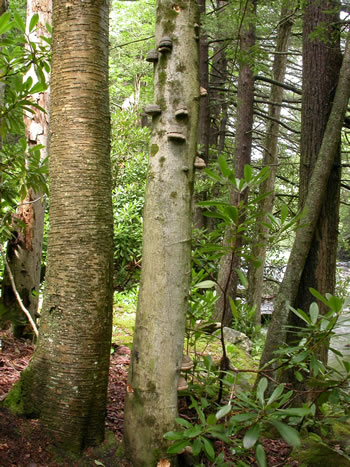
Figure 1. Fomes fomentarius on a hardwood snag.
Photo © Gary Emberger.
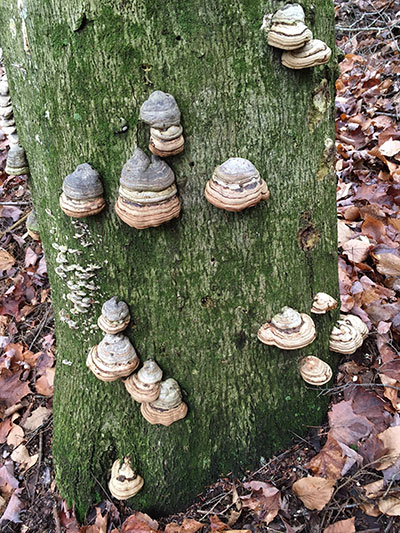
Figure 2. A cluster of F. fomentarius fruit bodies on a dead
American beech tree (Fagus grandifolia).
Photo © Gary Emberger.
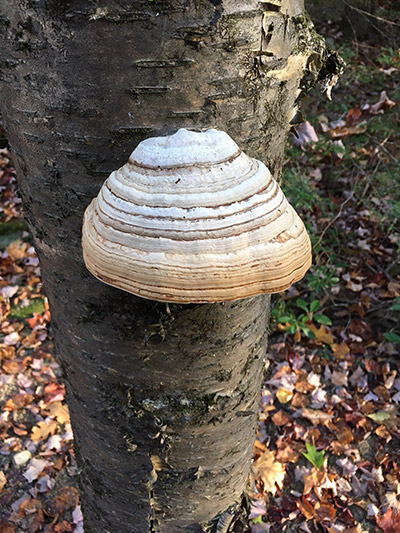
Figure 3. The caps of Fomes fomentarius fruit bodies are
typically zonate. This 15cm wide specimen was growing on
birch (Betula). Photo © Gary Emberger.
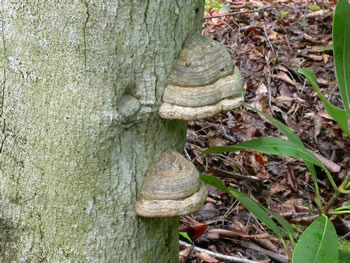
Figure 4. As the tinder polypore grows each year, it
gets thicker and thicker but not very much wider. This
pattern of growth gives rise to the typical hoof shape
of this polypore. Photo © Gary Emberger.
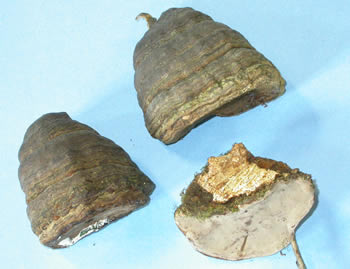
Figure 5. These are herbarium specimens of Fomes
fomentarius fruit bodies. I thought it would be
interesting to section them to look for the layers of
tubes. See Figure 6.
Photo © Gary Emberger.
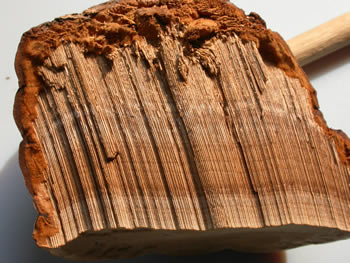
Figure 6. One of the specimens
in Figure 5, sectioned.
Note the many layers of tubes that appear as horizontal
bands.
Photo © Gary Emberger.
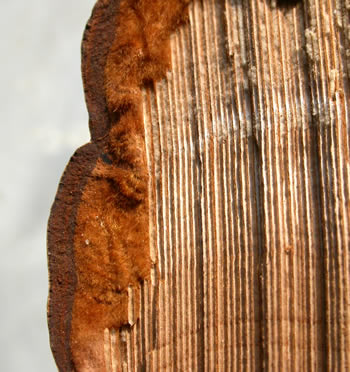
Figure 7. The context of tinder polypore is of two
textures. The dark outer layer (far left) is hard and
crustlike. The rusty brown layer between it and the
tubes is softer.
Photo © Gary Emberger.
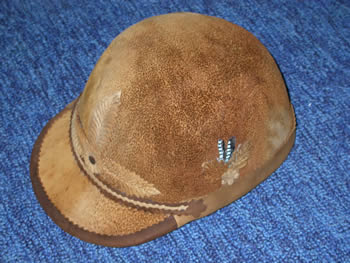
Figure 8. One of the most interesting uses of Fomes
fomentarius
is the making of hats such as this. The hats
are made in Romania,
Bohemia, and Hungary. The
process involves soaking the interior
tissues of the
polypore in lye, mashing the tissue into a flat layer,
and
molding and drying it.
Photo © Gary Emberger.